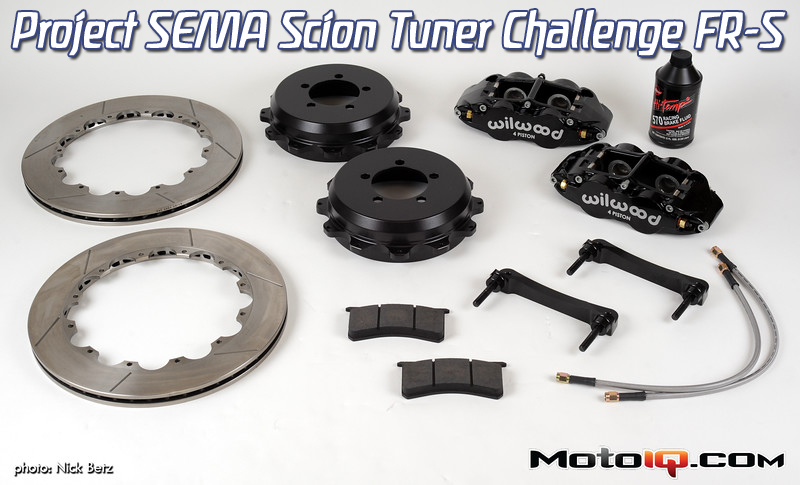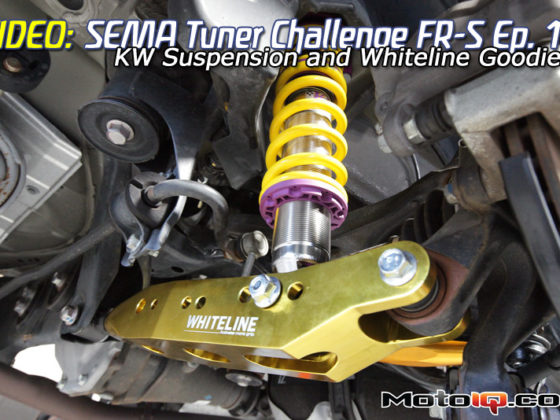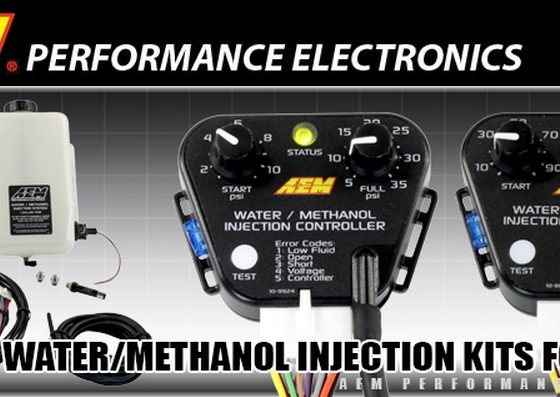
In our last installment of build a SEMA car in two weeks, we went over our suspension refresh with parts from Whiteline and KW Suspension. Now we are turning our attention towards stopping power using brake components from Wilwood.
In our experience with doing trackdays with the FR-S we have noted that although the stock brakes are fine with the stock wheel/tire combination, that quickly changes when you add sticky tires. More grippy tires put a lot greater load on the brakes and allow higher speeds overall. This quickly kills the stock brakes.
With more capable tires the stock brakes fade and most upgrade the brake pads, lines and fluid. This is great but really fast and aggressive drivers can now push the brake system into the zone of serious failures. We have seen rotors crack and even calipers warp and spring leaks on track driven cars with enhanced grip tires.
Since our car is getting both a significantly larger and stickier tires and a lot more power in the form of an HKS supercharger we decided to be proactive and fit our car with a 4 wheel big brake system from Wilwood. We have a lot of experience with Wilwood in Formula D and in our own personal race cars and were eager to use one of their systems on our latest car.
Don’t forget to check out the rest of the articles on our SEMA Tuner Challenge FR-S








